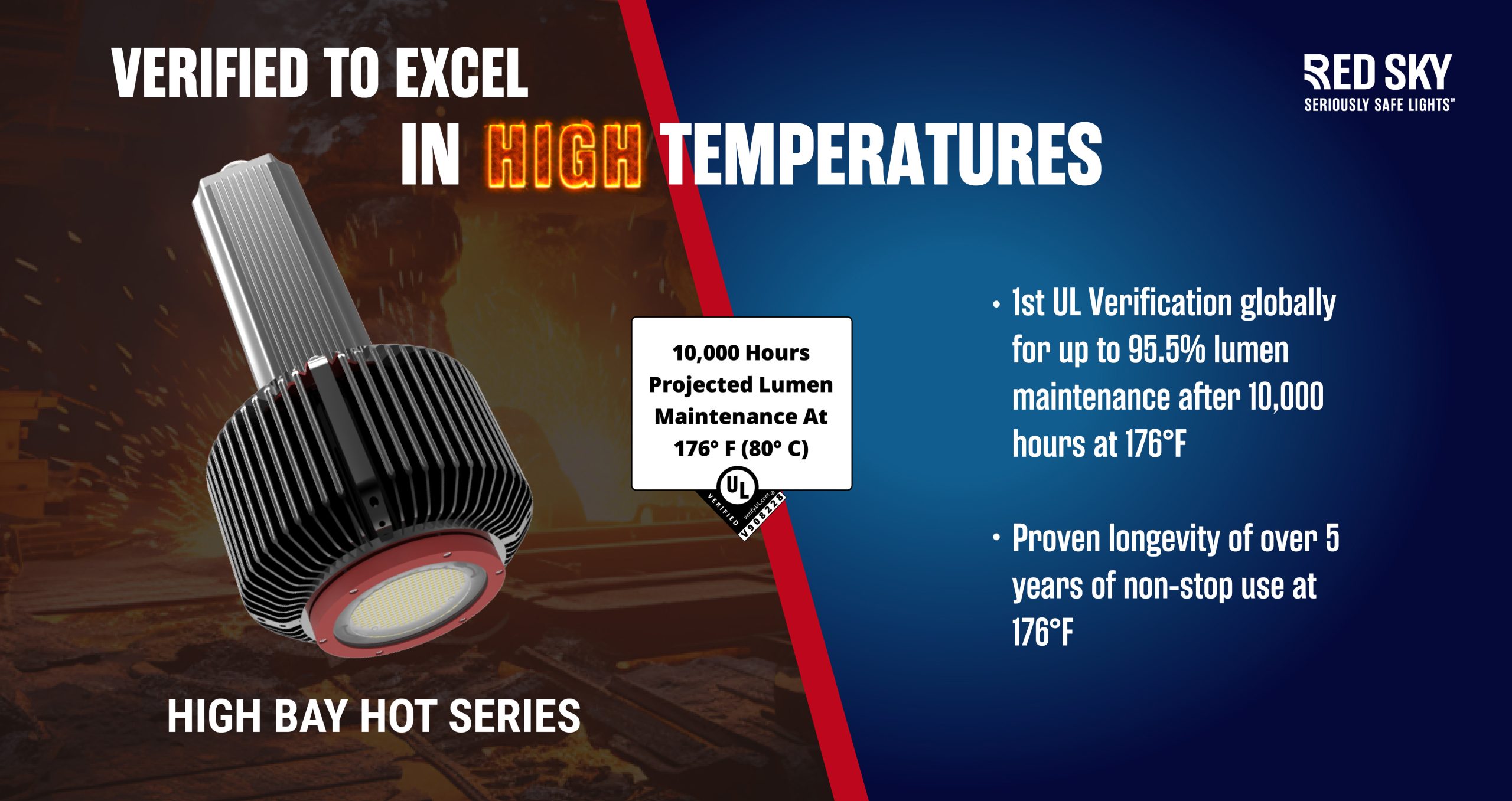Summary
The oil and gas industry operates in some of the most challenging and hazardous environments, necessitating lighting solutions that ensure safety, efficiency, and reliability. This white paper explores advanced lighting technologies—such as explosion-proof lighting, smart sensor integration, remote source lighting, solar-powered innovations, and adaptive/holographic systems—that address these demands. Emphasizing energy efficiency, these solutions not only reduce operational costs but also support sustainability goals, transforming operations into safer and more sustainable enterprises.
1. Introduction
Lighting in oil and gas applications is critical for safe and efficient operations. Facilities such as offshore platforms, refineries, and petrochemical plants operate under harsh conditions—extreme temperatures, corrosive environments, and explosive atmospheres. Traditional lighting systems often fall short in these settings.
The focus is on:
- Energy-efficient LED lighting: Delivering bright illumination with substantially lower energy consumption.
- Safety through robust design: Incorporating explosion-proof lighting solutions that are specifically engineered for hazardous environments.
- Smart systems: Integrating sensors and remote monitoring for adaptive illumination.
- Remote source and fiber optic lighting: Removing electrical hazards from dangerous areas.
- Solar-powered solutions: Enhancing sustainability and self-sufficiency in remote locations.
What kind of light is used in the oil and gas industry?
Oil and gas facilities typically employ lighting systems that include explosion-proof lighting solutions. These systems are designed to operate safely in environments with flammable gases, vapors, and explosive atmospheres by using rugged, energy-efficient LED fixtures along with innovative remote source and fiber optic technologies.
2.1 Explosion-Proof LED Lighting
Explosion-proof LED systems are engineered to operate safely in hazardous environments by:
- Utilizing rugged, corrosion-resistant housings made of high-impact materials.
- Incorporating low-emission components to prevent sparks and excessive heat.
- Offering extended lifecycle and minimal maintenance, resulting in significant cost savings.
Modern oil and gas facilities are adopting smart lighting solutions that feature sensor-driven technologies:
- Remote monitoring and control: Adjust brightness, color temperature, and energy consumption remotely.
- Adaptive light management: Use occupancy and ambient light sensors to provide optimal illumination only when needed.
- Data analytics integration: Leverage predictive maintenance to reduce downtime and improve performance.
Remote source lighting utilizes fiber optics to safely transmit light from a centralized LED source to multiple remote luminaires:
-
- Non-electrical light delivery: Eliminates the risk of electrical sparks in volatile areas.
- Flexible installation: The light source is housed in a secure, accessible location while optical fibers deliver light to hazardous zones.
- Enhanced safety and reduced maintenance: With no active electrical components in hazardous areas, risk and repair costs are minimized.
Solar-powered lighting solutions are emerging, particularly for remote or off-grid oil and gas sites:
- Solar harvesting technologies: Capture and store energy during the day to power LED systems at night.
- Reduced carbon footprint: Lower reliance on conventional power sources supports sustainability.
- Self-sufficiency: Provides reliable lighting without significant infrastructure upgrades.
Adaptive and holographic lighting concepts are beginning to influence the industry:
- Holographic optics: Enhance light distribution, reduce glare, and provide uniform illumination across large areas.
- Dynamic adjustment: Adaptive systems respond to changing environmental conditions, ensuring optimal performance under varying operational demands.
3.1 Increased Safety
Innovative lighting solutions mitigate risks by reducing potential ignition sources. Systems employing explosion-proof lighting solutions ensure that light is delivered safely in explosive atmospheres, protecting workers and equipment.
3.2 Energy Efficiency and Sustainability
Energy efficiency is paramount in oil and gas facilities that operate around the clock. Advanced LED technology and smart lighting systems offer:
- Significant energy savings: LED systems can reduce energy consumption by up to 70% compared to traditional incandescent or halogen lights.
- Reduced operational costs: Lower energy consumption translates directly into cost savings, a critical benefit for 24/7 operations.
- Sustainable operations: Efficient lighting reduces carbon emissions and supports corporate sustainability initiatives.
- Optimized usage through smart controls: Sensor-driven technologies ensure that energy is used only when necessary, further reducing waste.
Advanced lighting systems with remote monitoring and predictive maintenance reduce repair frequency and streamline operations:
- Extended lifespan: LEDs have a longer operational life, decreasing the frequency of replacements.
- Predictive maintenance: Smart systems alert operators to potential failures before they occur, allowing for scheduled maintenance that minimizes disruptions.
- Reduced labor costs: Less frequent maintenance reduces labor expenses associated with servicing lights in hazardous areas.
Visit our website to explore our latest products:
Red Sky Lighting – Oil and Gas Drilling Lighting

